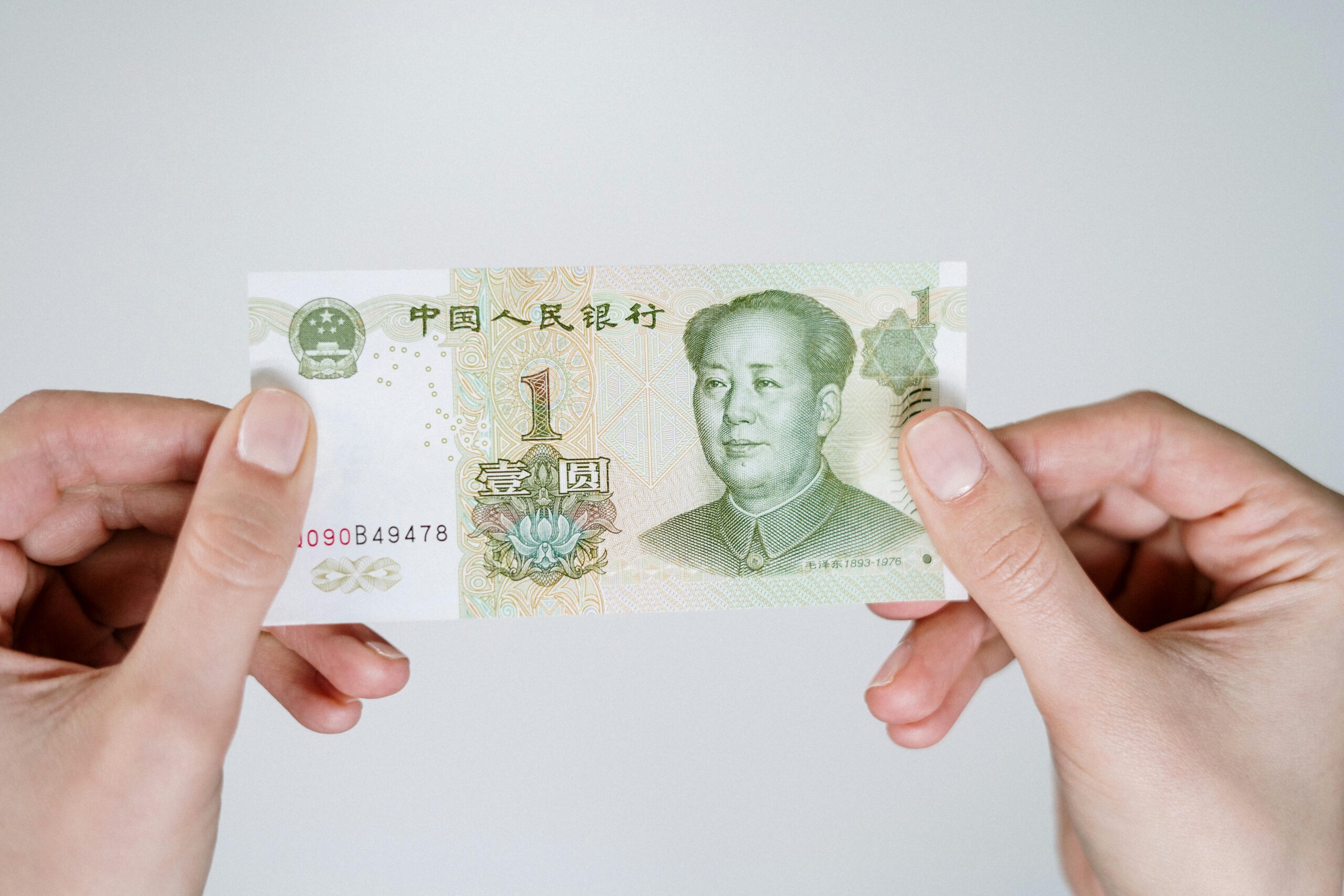Ok, no judgment here: I know you’ve probably considered giving up on the idea of traveling to China because of all the challenges you’ve heard about. But if you’ve landed on this post, it means there’s still that little spark of hope that you can figure it out.
I’ve lived in China for quite some time and traveled all over the country, so I’ll be the first to admit: traveling here can be challenging (even if you do speak Chinese). But it’s also incredibly rewarding. For those willing to embrace the adventure and overcome a few obstacles, China offers some of the most culturally rich and naturally breathtaking experiences in the world.
The good news is that once you know what to expect, you’ll feel much more confident and prepared to explore the country. That’s exactly what I want to help you with in this post: walk you through the main 7 challenges you might face when traveling in China, along with tips to handle them. So, let’s dive in and get you ready for your Chinese adventure.
Let’s be real — the language barrier isn’t just one of the challenges in China… It’s the reason most of them exist. Because honestly, if we all spoke Chinese, you probably wouldn’t even be reading this.
The truth is, very few people speak good English, and that can make things tricky. It’s usually easier in big cities like Shanghai, Beijing, Guangzhou, Shenzhen, or Macao, where you’ll find English signs, more foreigners, and hotel staff used to international guests. They can even help you set up your SIM card or figure out WeChat.
But one of the downsides of the language barrier is missing out on the opportunity to connect with locals. That’s how you truly discover a country: through daily life, small details, and those fun, random conversations with taxi drivers. That used to be my favorite thing.
The language barrier also means missing out on shared moments — how fun would it be to join a group of locals for a KTV (karaoke) night if only you could talk to them?
There’s no real way to solve the language barrier unless you’re ready to dive into an intensive Chinese course. But there are easy ways to manage it. The simplest is to download Google Translate. With a VPN, it works perfectly in China, and the instant voice feature is a lifesaver for basic conversations.
If you want to be extra prepared, I’ve also written a complete guide with practical tips to navigate China without speaking a word of Chinese, from getting directions to ordering food.
Getting around Chinese cities is surprisingly easy, as long as you stick to the subway. Once you figure out that some stations sound almost identical and how to buy your ticket at the right price, you’re good to go.
The subway will only take you so far, and if you’re after China’s wild, untouched landscapes like Jiuzhaigou or Mount Fanjing, be ready for a different kind of journey.
To explore remote areas, you often have to mix buses, taxis, and sometimes a bit of negotiation. It’s not uncommon to hire a driver for the whole day, but that usually requires explaining where you want to go, agreeing on a price, and figuring out where to meet — all in Chinese.
That’s exactly how we handled our backpacking trip in Gansu. It worked out great, especially because places like Mati Temple are so remote, there isn’t even a bus, and good luck finding a taxi to bring you back from there.
One of the unofficial travel requirements for China? Owning an iPhone.
Ok, I’m joking… but not entirely. The truth is, Apple Maps works surprisingly well. If you have an iPhone, you don’t need to download anything extra — just type where you want to go, and you’ll get everything: subway directions, bus routes, ticket prices, walking paths… all in one place.
But if you don’t have an iPhone, things get a bit trickier. Google Maps doesn’t really work in China — locations are often off, and you might find yourself completely lost.
China also has its map apps, such as Baidu Maps, but unless you can read Chinese (or want to copy and paste everything into a translator), sticking to Organic Maps and MetroMan is your best bet.
Let’s be real — one of the things you’re probably most excited about is the food. Noodles, baozi, dumplings… You name it. But here’s the thing: the best, most authentic food in China usually comes from tiny local spots with no English menu and no one who speaks English.
Of course, it’s much easier to find English-speaking staff or English menus at restaurants that cater to tourists, but the experience feels way less local and, honestly, not as tasty.
The same goes for street food. You’re much more likely to stick to what you recognize — potatoes, candied fruit, grilled octopus — and miss out on some of the snacks that look unfamiliar.
Luckily, many small restaurants have menus with pictures. Sure, they’re not the styled, perfectly lit photos you see on Western menus, but at least you can get an idea of what you’re ordering. It helps if you do a bit of research before your trip — learn what your favorite Chinese dishes look like and try to spot them on the menu.
The real challenge is walking into a restaurant where there’s no menu at all, just Chinese characters scribbled on the wall. At that point, you have two options:
Use Google Translate’s image translation — point your camera at the writing and hope for the best.
Look around for pictures of dishes (some places have them on the walls) and point to what you want.
The ones mentioned above are the biggest challenges — and yes, they sometimes require a bit of adaptation. But beyond that, there are smaller, everyday differences that you’ll need to plan for. They might seem minor, but they will shape your travel experience. Here’s what to expect:
Not many places in China accept international cards. Honestly, you could leave yours at home. As for cash, yes, technically you can use it — but don’t always expect taxi drivers or small shops to have change ready for you. The entire country runs on digital payments, with two main apps: WeChat Pay and Alipay.
Don’t even think about coming to China without at least one of these installed. If you don’t need WeChat’s messaging features, I recommend going for Alipay — it’s much easier to set up and doesn’t require account verification for basic tourist use.
In China, some of the apps we use daily don’t work. The good news is that eSIMs solve most connection challenges; you don’t even need to bother with a VPN if your phone is recent enough to support eSIM technology.
If your phone is an older model that doesn’t support eSIMs, you’ll need to plan for it. Make sure to download a VPN before your trip, as you won’t be able to access app stores freely once you land. Then, once you arrive at the airport, purchase a local SIM card to get connected.
This is the kind of thing that every friend who comes back from China mentions: “Hey, there are only squat toilets… and there’s never toilet paper.”
Yep, that’s how it is. That’s why I always suggest carrying tissues and hand sanitizer everywhere you go — no exceptions.
You’ll get used to it pretty quickly. I mention it so you don’t skip a squat toilet thinking you’ll bump into a Western one 10 minutes later… because trust me, that’s not going to happen.
This is something you adjust to quickly when living in China. But if it’s your first time visiting, you’ll notice it straight away — it’s nearly impossible to take a photo without someone walking into your frame… or to visit popular spots without queuing at least a little.
Especially for sightseeing, start your day early to avoid the buses of local tourists. Group tours are very common in China, especially among older travelers, so crowds tend to peak at certain times. When it comes to restaurants, you’re safe. There are so many options, you won’t have to elbow your way in for a good meal.
For the subway, avoid rush hours:
There you go — these are the 7 challenges and everyday differences you’ll face when traveling to China for the first time. But don’t let that discourage you. China is absolutely worth the effort.
A couple of friends of mine just came back from their first trip and told me they’d be ready to go back immediately.
That’s what China does. It challenges you the first time, but once you get the hang of it, you realize there’s so much more to explore that you actually want to go back. And the best part? The next time, you’ll already know what to expect.


Explore the Real China.
Top Destination
Information